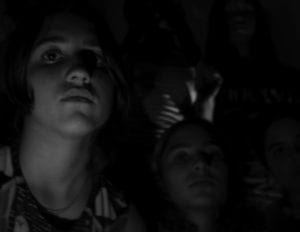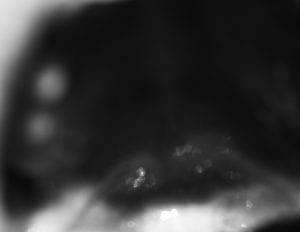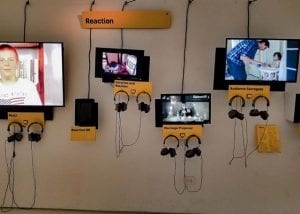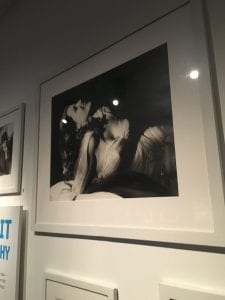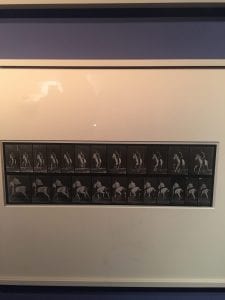If you turn my body inside out, you will see my vital organs, but you might also hear an aria, piercing and sweet. Since I was 8 years old, I studied classical music, working hard to perfect my head voice, chest voice, and all that lies in between: perfecting and syncing my breathing to a song’s tempo, the tempo to the transitions between my voice, my voice to the pitch, and the pitch to the amount of vibrato. The sound of opera rising up through me and entering the world through my open mouth is incredibly intimate for me. This is why, even after years of expensive lessons, I couldn’t face the intimacy of doing it publicly: it was too private, too personal, and too revealing. When asked to perform, my body twisted into knots; I sweat, choked, vomited, cried, and became so overwhelmed by physical distress that I would lose my voice completely. After months of rehearsing, I could barely muster a hoarse whisper.
I’m not shy, nor do I have an acute fear of failure in anything other than singing, but the intensely personal experience of revealing the sound that comes from the deepest place inside me causes me the deepest anxiety I have ever known. In this photo essay, I attempt to illustrate the physical distress I feel when I am asked to perform, as well as how I am beginning to overcome it. I share the pressure I feel not to fail others and myself; performing classical music is intensely revealing and I am slowly learning to conquer this anxiety and turn myself inside-out to share the insides of this alto-soprano.

